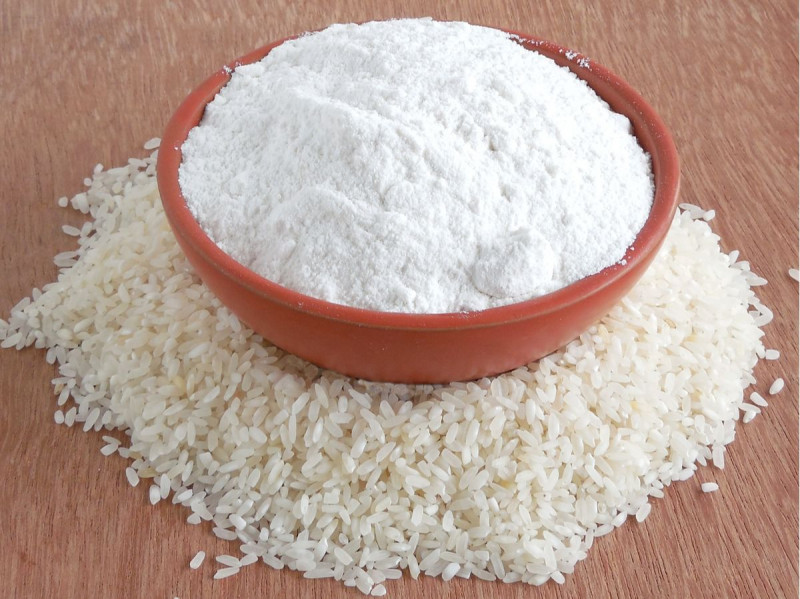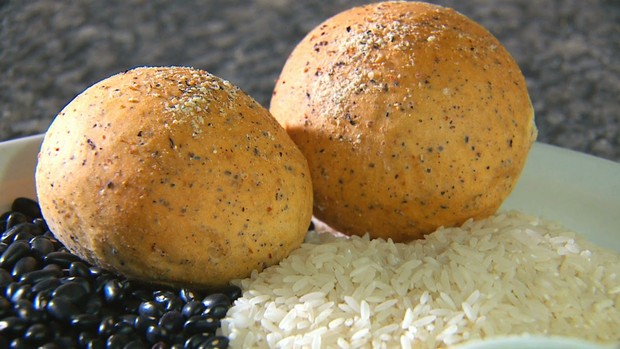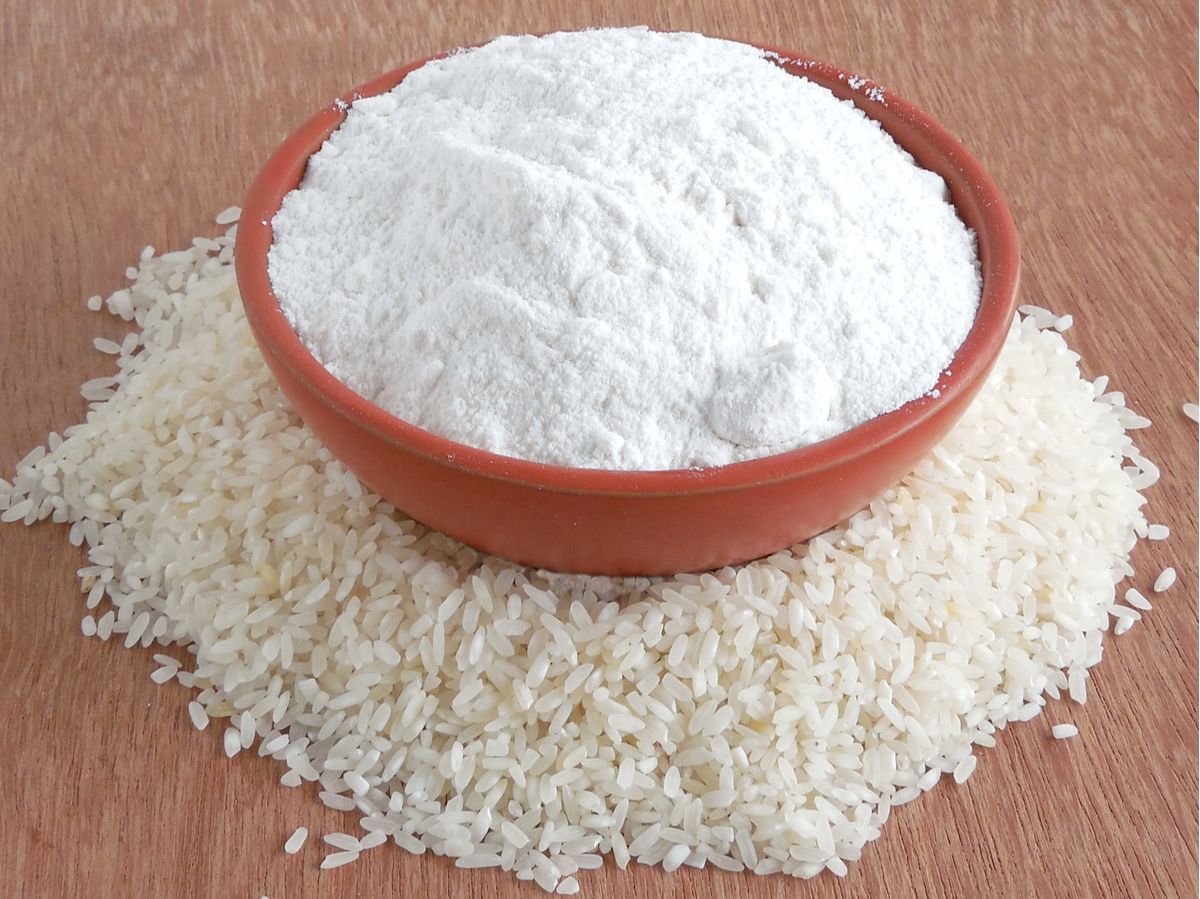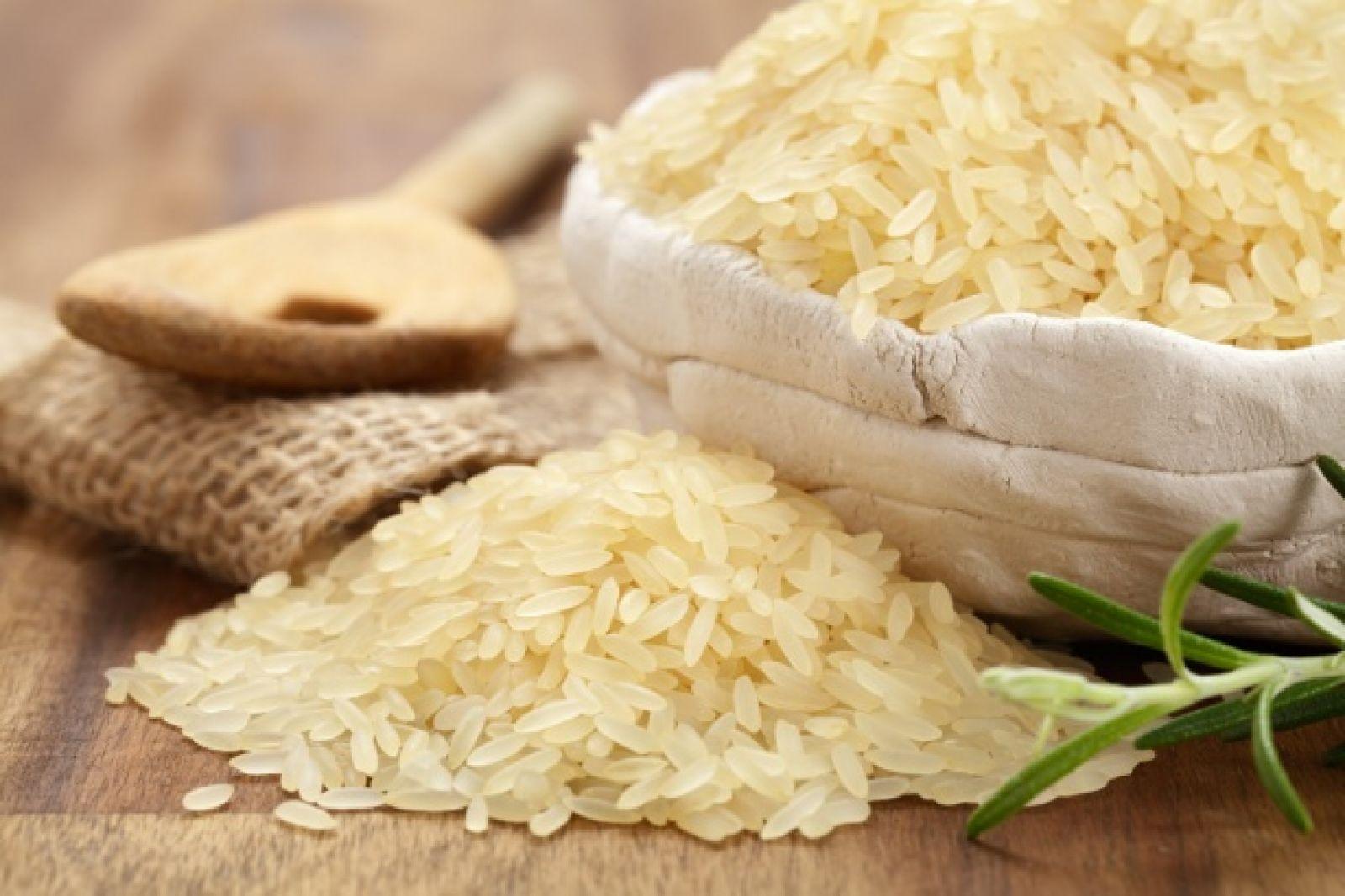Flours are present in the menu of Brazilians in the most diverse ways. They are used in the preparation of breads, cakes and pasta. Recently, however, they have been highlighted in the media as an essential ingredient to ensure the balance of the diet, and with that, variations of traditional wheat flour are gaining space in the market and conquering the Brazilian palate.
The flour production process basically consists of grinding a product such as wheat or rice. In this way, it maintains all nutrients and acts in the prevention of various diseases and also provides essential vitamins and minerals for the proper functioning of the body.
The most common and most used variation today is rice flour, which is mainly known for being gluten-free, and therefore can be consumed by people with celiac disease or protein intolerance. It can also be found in the whole version and both have many benefits, such as a very low glycemic index, which helps in controlling diabetes and heart disease. As it maintains the same characteristics of polished rice, in addition to the starch, flour also reduces the absorption of vegetable oils from foods, making them less caloric.

A farinha de arroz também é rica em proteínas, fibras e vitaminas B1, B2, B5 e B6, cálcio e zinco. Ela auxilia o funcionamento do intestino e a diminuição do colesterol. Vale ressaltar que a principal diferença entre a farinha de arroz normal e a integral é a quantidade de fibras e magnésio. A versão integral, que não passa pelo processo de refinamento, mantém uma quantidade maior e mais concentrada de magnésio e fibras.
Outro ponto importante para inserir a farinha na dieta é a fibra encontrada no alimento. O arroz contém fibras insolúveis, que ajudam a mover resíduos através do intestino. Além disso, como sabemos, uma dieta rica em fibras pode ajudar na redução do colesterol e melhorar os níveis de açúcar no sangue.
Outro ponto importante para inserir a farinha na dieta é a fibra encontrada no alimento. O arroz contém fibras insolúveis, que ajudam a mover resíduos através do intestino. Além disso, como sabemos, uma dieta rica em fibras pode ajudar na redução do colesterol e melhorar os níveis de açúcar no sangue.
A farinha de arroz é um substituto adequado e saudável para a farinha de trigo. Na culinária, alguns afirmam que a massa pode perder um pouco a elasticidade, mas o sabor é mantido. É importante alertar que o consumo da farinha de arroz precisa ser controlado, pois, se ingerida em excesso, pode causar problemas, soltando o intestino, devido a grande concentração de fibras.










